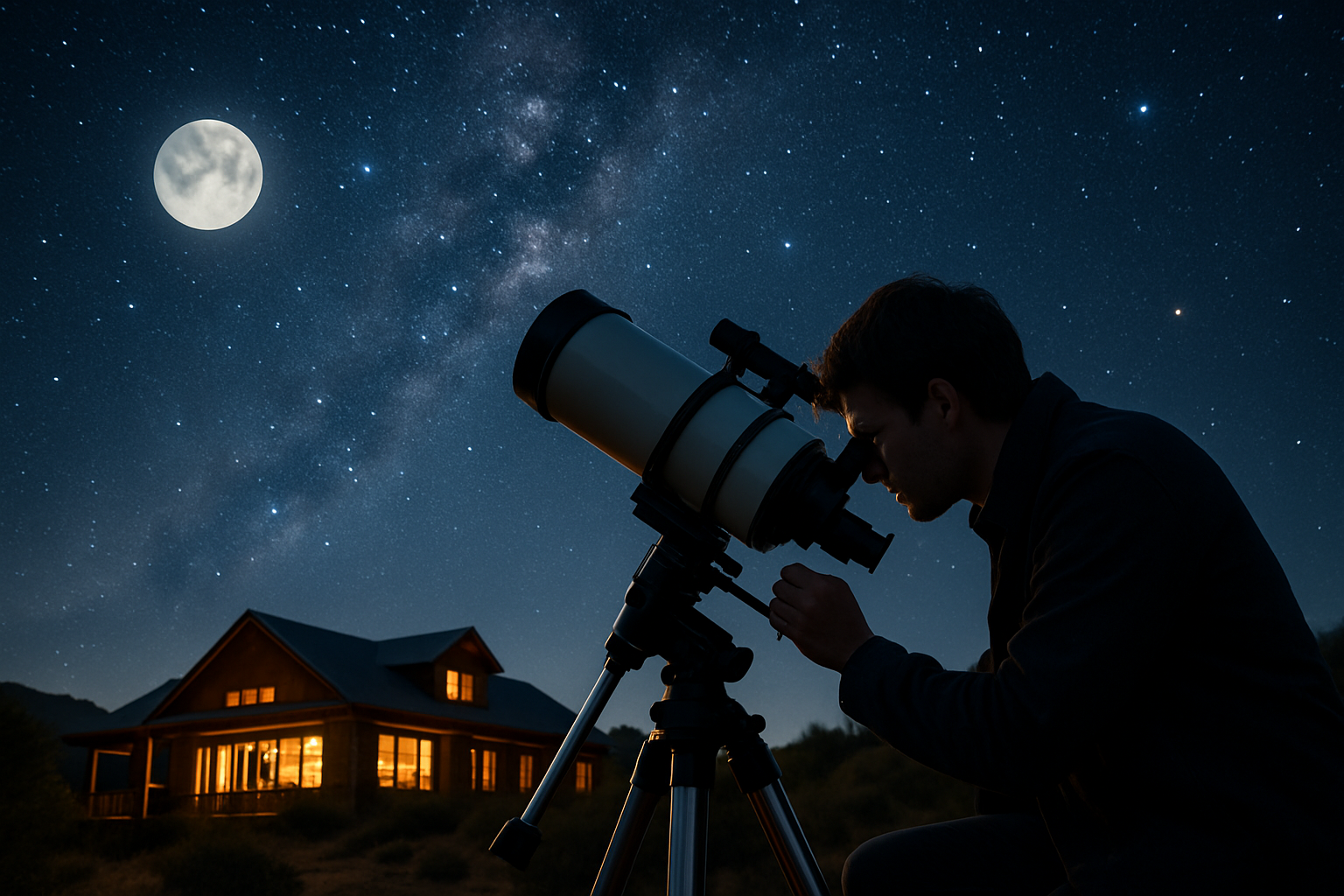Stargazing Expeditions: Exploring the Universe from Earth's Most Remote Locations
Imagine lying beneath a canopy of stars so vast and bright that it feels like you could reach out and touch them. This is the allure of stargazing expeditions, a growing trend in travel that combines the thrill of adventure with the awe-inspiring beauty of the cosmos. As light pollution increasingly obscures our view of the night sky in urban areas, intrepid travelers are seeking out Earth's most remote locations to witness the universe in all its glory. This article delves into the world of stargazing expeditions, exploring their rise in popularity, the best destinations, and the unique experiences they offer.

These protected areas offer unparalleled views of celestial bodies, from familiar constellations to the elusive Milky Way. The experience of witnessing a truly dark sky can be transformative, offering a sense of perspective and wonder that’s hard to find in our increasingly urbanized world.
Top Stargazing Destinations Around the Globe
While many locations boast clear night skies, some destinations stand out for their exceptional stargazing conditions:
Atacama Desert, Chile
Known as one of the driest places on Earth, the Atacama Desert offers nearly 300 clear nights a year. Its high altitude and lack of light pollution make it a premier destination for astronomers and amateur stargazers alike. Several observatories in the region offer tours and viewing opportunities, including the ALMA Observatory, home to the world’s most powerful radio telescope.
NamibRand Nature Reserve, Namibia
This vast desert reserve in southern Namibia was designated as Africa’s first International Dark Sky Reserve in 2012. The absence of artificial light sources combined with the dry climate creates ideal conditions for stargazing. Visitors can stay at luxury lodges that offer guided stargazing experiences and astrophotography workshops.
Mauna Kea, Hawaii
Rising 13,803 feet above sea level, Mauna Kea on the Big Island of Hawaii is home to some of the world’s most advanced observatories. The summit is often above the cloud line, providing crystal-clear views of the night sky. While access to the observatories is restricted, the Visitor Information Station offers nightly stargazing programs.
The Rise of Astro-Tourism Experiences
The growing interest in stargazing has led to the development of specialized astro-tourism experiences. These range from guided night sky tours to multi-day expeditions designed around celestial events.
Astrophotography Workshops
Many stargazing destinations now offer astrophotography workshops, catering to both beginners and experienced photographers. These sessions teach participants how to capture stunning images of the night sky, often in breathtaking landscapes.
Eclipse Chasing
Solar and lunar eclipses have become major tourist draws, with travelers planning trips years in advance to witness these rare events. Tour operators now offer specialized eclipse-chasing packages, combining astronomical expertise with luxury travel experiences.
The Impact of Stargazing Expeditions on Local Communities
As stargazing tourism grows, it brings both opportunities and challenges to remote communities. Many areas are embracing astro-tourism as a sustainable form of economic development, creating jobs and preserving natural dark sky habitats.
However, the influx of visitors to these often fragile ecosystems requires careful management. Sustainable astro-tourism practices, such as limiting group sizes and using red-light technology to minimize disruption to wildlife, are becoming increasingly important.
The Future of Stargazing Travel
As technology advances and interest in space exploration grows, the future of stargazing travel looks bright. Virtual reality experiences are beginning to offer immersive celestial journeys for those unable to travel to remote locations. Meanwhile, the development of space tourism may soon allow travelers to view the stars from beyond Earth’s atmosphere.
Despite these advancements, the simple act of gazing up at a star-filled sky from a dark corner of our planet is likely to remain a profound and sought-after experience for years to come.
Celestial Travel Tips
-
Plan your trip around the lunar cycle; new moons offer the darkest skies
-
Bring warm layers, even in desert locations, as temperatures can drop significantly at night
-
Allow time for your eyes to adjust to the darkness; it can take up to 30 minutes to achieve full night vision
-
Use red-light flashlights to preserve your night vision
-
Consider joining a guided tour to benefit from expert knowledge and specialized equipment
-
Check the weather forecast; clear skies are essential for optimal viewing
In a world where we’re constantly connected and surrounded by artificial light, stargazing expeditions offer a rare opportunity to disconnect and marvel at the vastness of the universe. These journeys not only provide breathtaking views of the night sky but also foster a deeper appreciation for our planet and its place in the cosmos. As dark sky tourism continues to grow, it promises to inspire a new generation of astronomers, conservationists, and dreamers, all united by the timeless allure of the stars above.





